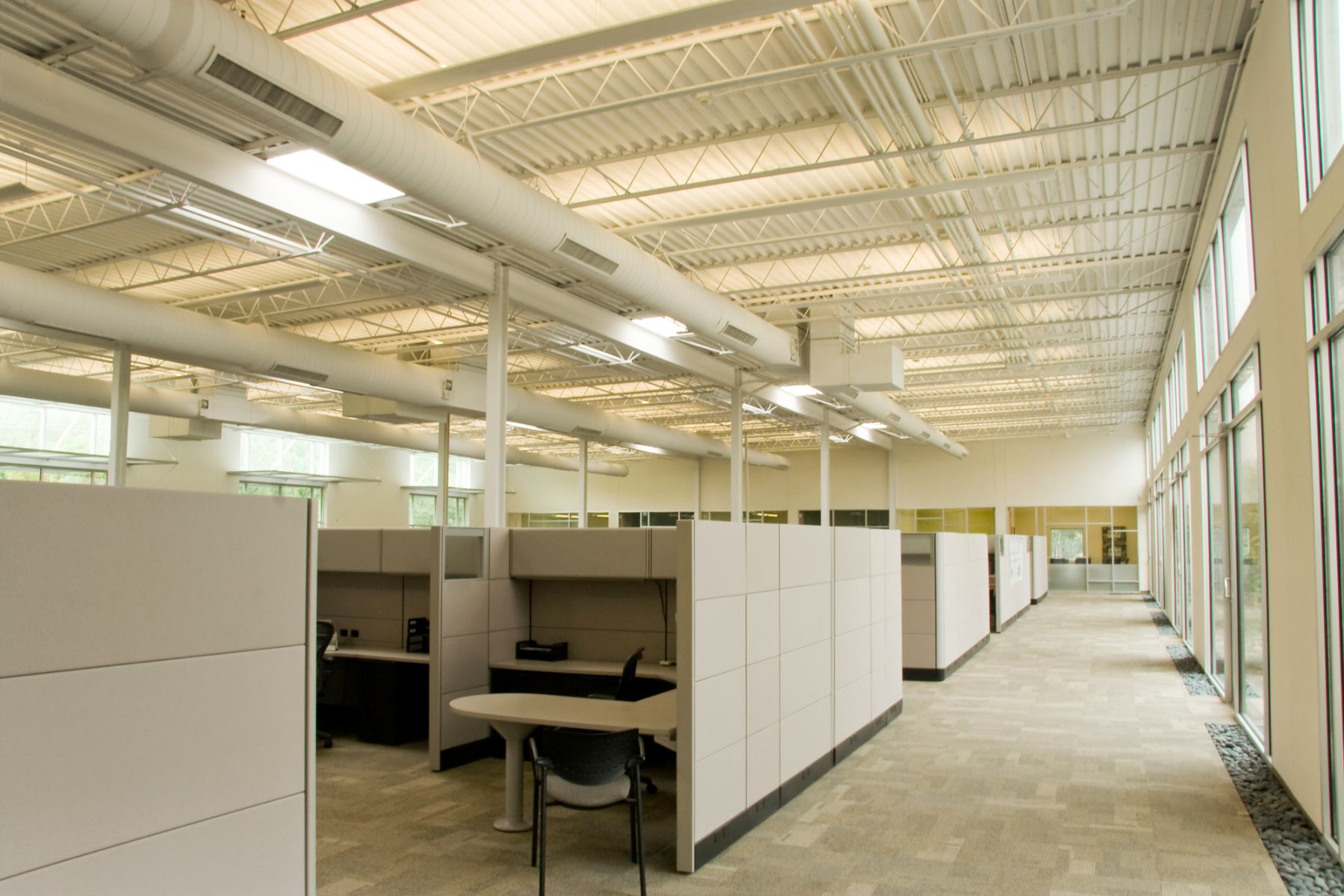
How to Utilize Your Real Estate in the Best Possible Way
Many businesses are still navigating the waters of COVID and how to leverage their real estate or office space in the best way, especially as employees are wanting more flexibility than ever before. If employers don’t listen, it’s clear they will experience turnover; according to the U.S. Department of Labor, over 11.5 million workers quit their jobs between April and June in 2021. As an employer, how can you utilize your real estate in the best possible way while still offering space for collaboration and the flexibility to work from home?
First, we have to understand the current landscape. According to a recent Price Waterhouse Cooper survey, 87% of executives think the office is critical. They believe that the right space can lead to improved engagement, collaboration, productivity, innovation, increases in profit, and talent attraction and retention. Even though more and more organizations are offering work from home options, leadership seems to be consistent in their thinking: it’s important to have an office space for collaboration.
Interestingly enough, the same survey showed that while 83% of employers believe remote work has been a success, only 71% of employees thought so. When we conducted a survey during the pandemic, we found that 27% of employees would continue working in the office 5 days a week, 43% want to work in the office 3 days a week, and 23% always want to work from home.
Employees are looking for a hybrid environment. The main reason? People. According to Gensler, employees want to come to the office for meetings, socializing, impromptu interactions, community, and more.
These findings are also consistent with a recent Indy Chamber workplace survey that showed Indiana employers have already moved quickly to make adjustments to meet their needs and the needs of their employees:
- 73% of those surveyed said their current workplace is hybrid.
- 36% of Indy Chamber board members are reducing their footprint by having smaller offices and less square footage.
- 54% will alter their current workspace or already have.
- To maintain culture, Indy Chamber board members said they’d like to have staff come into the office 3 or 4 times a week.
But one question remains… how do companies calculate how much square footage they need in this ever-changing, hybrid landscape?
We’ve found that most real estate agents and companies are throwing a dart at the wall and have no idea what their employees want. Businesses are in a fight for talent right now with some offering increased sign-on and stay-on bonuses to attract and retain talent. It’s so important to ask employees poignant questions, but very few are doing that.
In order to get your goals met as a business, as well as, meet the needs of your employees (old and new), it’s important to ask these questions:
- What do you need as an employee to be productive?
- What percentage of time do you need to be in the office versus working from home?
- Why do you come to the office? What do you need to do when you’re in the office?
- What can we offer you to help you feel engaged as an employee?
The answers to these questions can be leveraged in so many different ways. One of the most important ways is that they can be used to figure out how much space you need, what considerations you need to take into account, and how you create a workplace that will attract and retain talent. Even knowing the percentages of those who want to come in three days as opposed to working from home all the time can help you plan how much space you need.
Plus, by surveying your people and implementing changes that meet their needs, you can increase productivity and engagement by 25%.
The future workspace is hybrid, and it’s important for employers to reimagine their space to meet the needs of their staff. This includes making adjustments to square footage, but this also means offering new options for employee engagement. The future office will consist of:
- More amenities for staff who make minimal visits
- Hotel offices and cubes that can be scheduled
- More collaborative areas
- More small 3-5 person conference rooms
- More areas to make private phone calls
- Less open offices and fewer low wall panels
How are you going to reimagine your space to meet the current and future needs of your staff?

